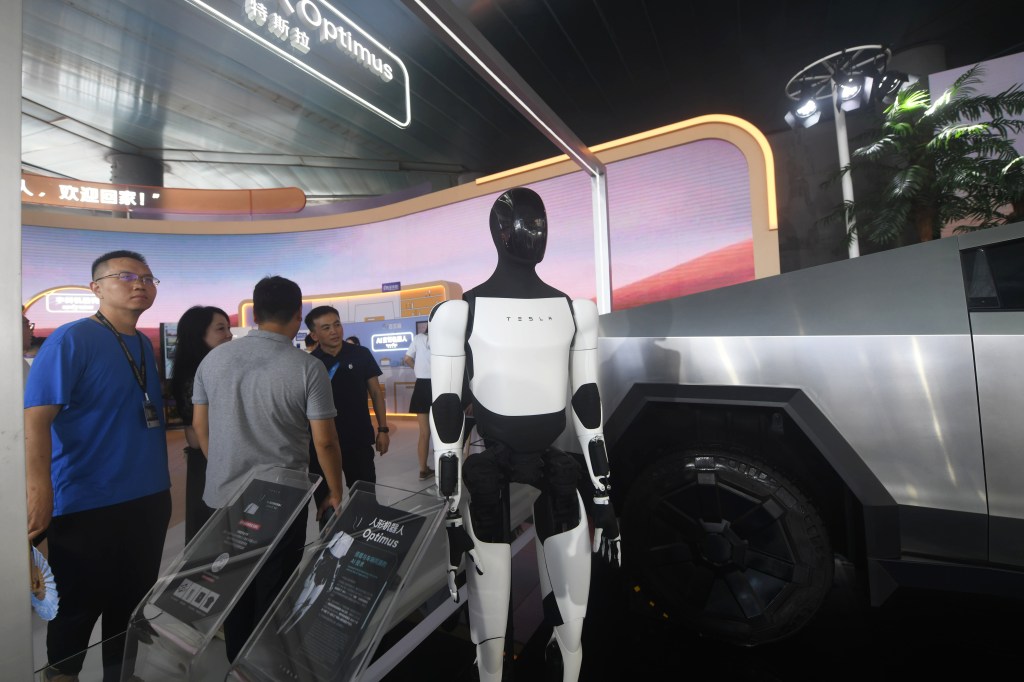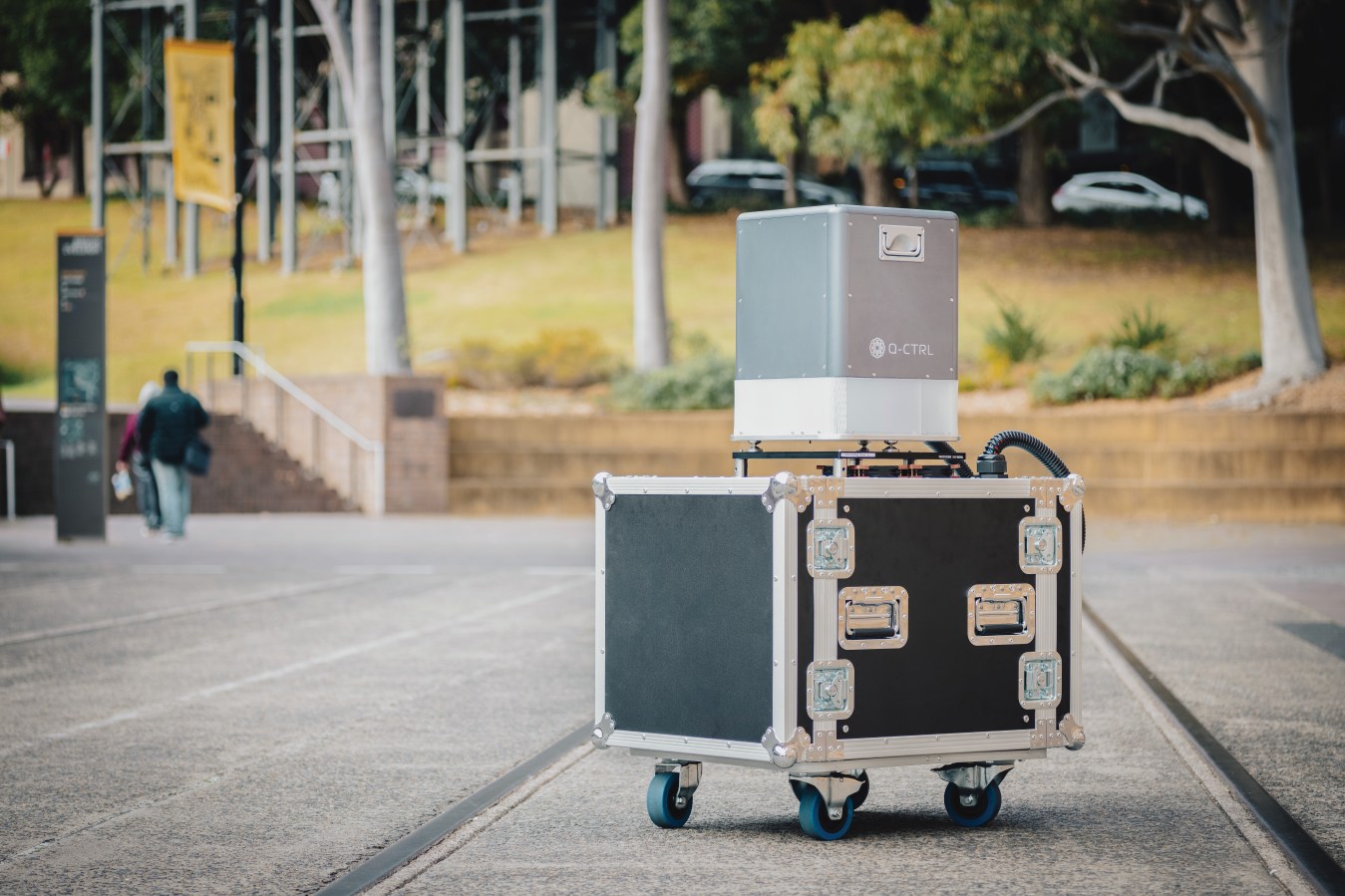Artificial intelligence is still hot on the agenda for 2025, as are new frontiers for computing and neurological enhancements, according to research firm Gartner.

Australian brain-computer tech startup Synchron created a bit of noise earlier this year when it hooked up six American patients’ brains to its AI in a trial that proved to be successful. In fact, the company has raised US$145 million for its mission to allow people to operate computers with their thoughts.
Sounds freaky, but the theme of human-machine synergy actually spans a few emerging trends highlighted by research firm Gartner in its strategic technology trends report. Specifically, Gartner spotlighted neurological enhancements as a burgeoning tech trend for 2025.
“Humans will become integrated with machines through wearable or implanted technologies, and neurological enhancement will give us the ability to directly access and improve thoughts and emotions,” the report states. “This will enhanced human cognition and performance, bringing about new ways to help humans.”
Top 10 tech trends for 2025
#1 Agentic AI
While current AI assistants can perform tasks like generating text or summarising content, agentic AI systems plan and take action to meet user-defined goals. In other words, they use their own ‘initiative’.
By 2028, Gartner estimates that 33% of enterprise software applications will include agentic AI, up from less than 1% in 2024. And, it reckons at least 15% of day-to-day work decisions will be made autonomously through agentic AI, up from 0% this year.
#2 AI governance platforms
These kinds of tech solutions enable organisations to manage the legal, ethical and operational performance of their AI systems. Right now, AI has a long way to go in terms of gaining consumer trust, but Gartner estimates that by 2028, enterprises that use AI governance platforms will achieve 30% higher customer trust ratings, and 25% better regulatory compliance scores than their competitors.
Related
#3 Disinformation security
This is an emerging category of tech that’s aimed at assessing authenticity, preventing impersonation and tracking the spread of harmful information. It’s particularly pertinent after the 2024 World Economic Forum deemed misinformation and disinformation a top global threat for the next two years due to growing deepfake attacks and fake news around the election.
Gartner estimates that by 2028, 50% of enterprises will begin adopting products, services or features designed specifically to address disinformation security use cases, up from less than 5% today.
#4 Postquantum cryptography
The research firm says that by 2029, advances in quantum computing will make most conventional asymmetric cryptography unsafe. Postquantum cryptography aims to provide data protection that is resistant to quantum computing decryption risks.
#5 Ambient invisible intelligence
Ambient invisible intelligence is enabled by small smart-tags and sensors that deliver affordable tracking and sensing. While we might use Apple tags to track our suitcases on flights, 2025 through 2028 may see organisations start to use this kind of technology for retail stock checking, perishable goods logistics or for posties to manage large numbers of packages.
In the longer-term, ultra-low-cost electronics could stay with items throughout their life and become an integrated feature of homes and offices. Again, a little freaky, but it could mean smart-tags on clothing items will communicate with washers and dryers to choose appropriate settings.
Related
#6 Energy-efficient computing
As sustainability continues to be a focus for organisations, IT will look to reduce its carbon footprint, too. Short-term tactics might be using greener energy, retiring inefficient hardware, improving utilisation or shifting jobs to greener cloud regions.
#7 Hybrid computing
Quantum isn’t the only future of computing – Gartner says a hybrid model that includes quantum, photonic (and other kinds of computing tech) is more likely the case. This’ll help companies solve problems by combining specialised computing, storage and network mechanisms, which will in turn help tech like AI perform better.
#8 Spatial computing
Virtual/augmented reality is back on the cards with Gartner estimating that by 2026, 30% of manufacturing processes will use spatial computing to streamline and improve efficiencies by being more dimensionally accurate. In fact, by 2033, the spatial computing market will grow to US$1.7 trillion, up from US$110 billion in 2023.
#9 Polyfunctional robots
Humans are set to interact with polyfunctional robots (those capable of doing just about anything) at an increasing rate: 80% of us will use them on a daily basis by 2030, up from 10% today.
We’re still about three to 10 years’ off having a polyfunctional robot providing elderly or child care in the home (cooking meals, cleaning) and the market is still developing, but market players like Huandi-owned Boston Dynamics, ABB and even Tesla are working on the job.
#10 Neurological enhancement
Neuralink, Synchron: these companies are playing in the sphere of neurological enhancement, which is set to see significant investment over the next few years. And it isn’t just to help paralysed patients live better, there are some organisational impacts. In fact, Gartner estimates that by 2034, 50% of Fortune 500 companies will collect bioinformation from employee-used devices.
Look back on the week that was with hand-picked articles from Australia and around the world. Sign up to the Forbes Australia newsletter here or become a member here.




